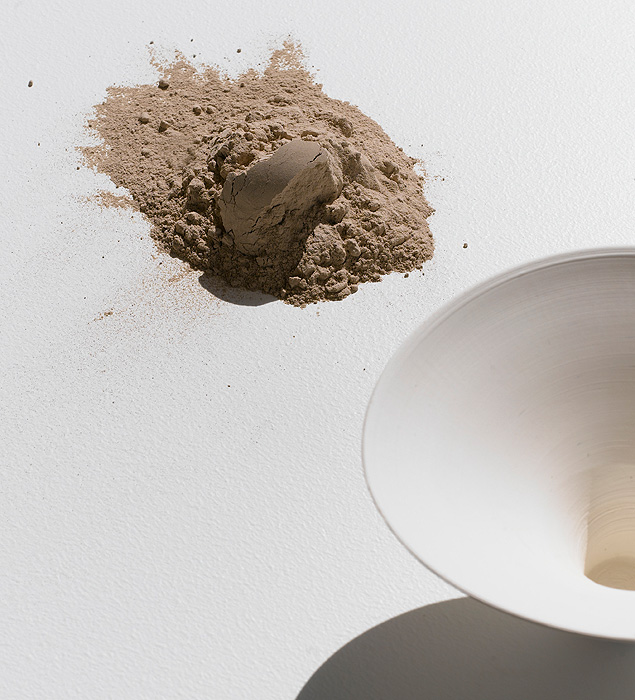| Gary Healey>>>Porcelain Artist | Home | The Work | CV | Classes | Contacts | Purchase | Events | Ash Glazes |

Glazes made from hardwood ash have always been an important part of my ceramic practice. Ash makes very subtle and beautiful glazes. No two batches of ash will be the same. For example, two identical species of tree growing side by side will produce different ash simply because the soil may be slightly different. Ash glazes date back to the Shang period in China; circa 1500BC.
It takes about three months to turn ash from the wood burning stove in my studio into something that can be used in a glaze. First, the ash is carefully washed to remove excess alkalinity. This means it is safer on your skin and will not disolve plastic glaze buckets. Second, it is sieved through an 80 mesh sieve (80 holes per square inch) so that only the finest particles are used in the glaze. Finally, it is slowly dried and, when dry, heated in the kiln to remove any last traces of carbon. (A glaze with too much carbon in it will tend to be black.) A tonne of wood may produce only a ten litre bucket of ash.
The ash below is red-gum and has been washed, sieved and dried - ready to use in a glaze.
